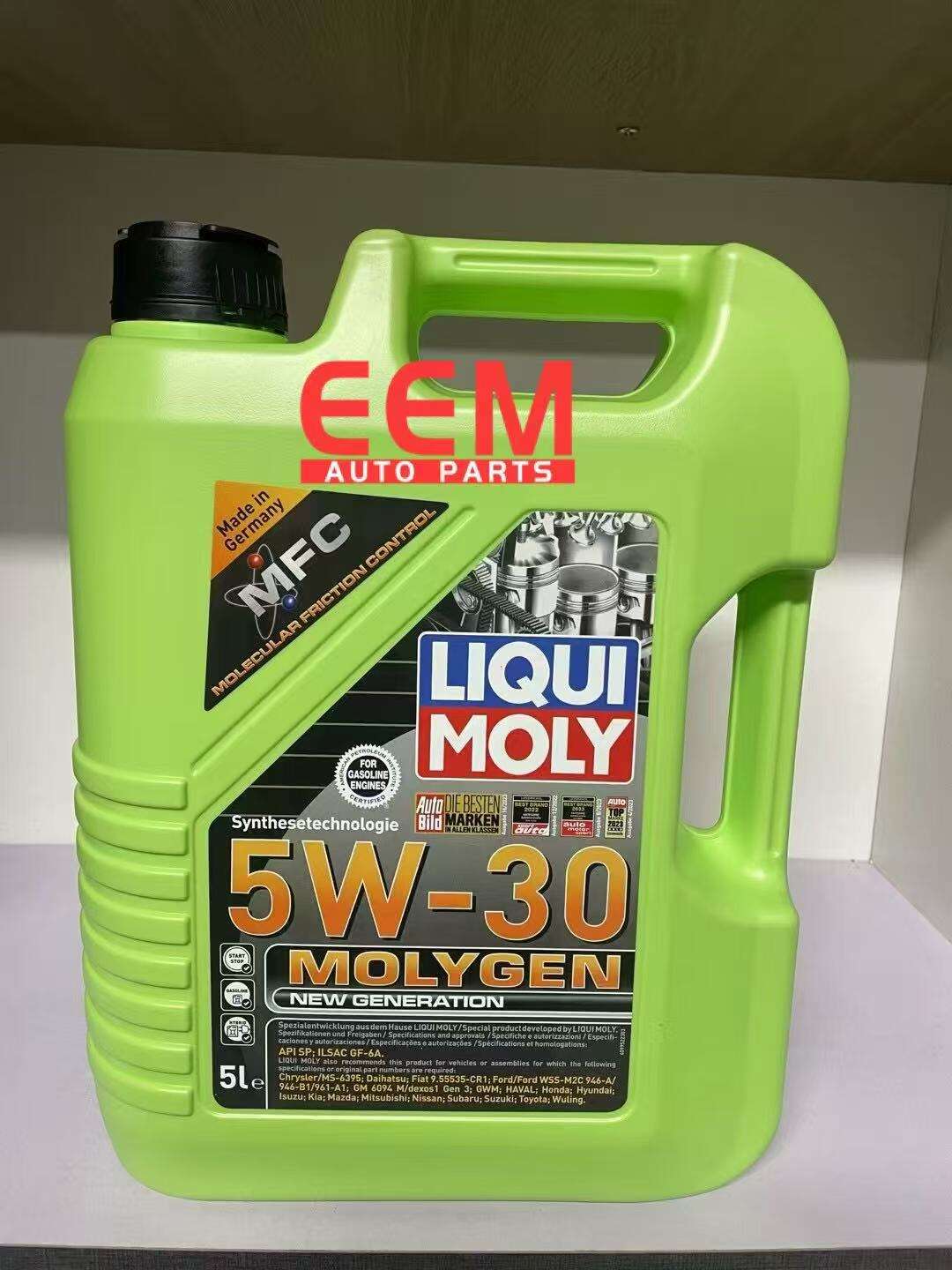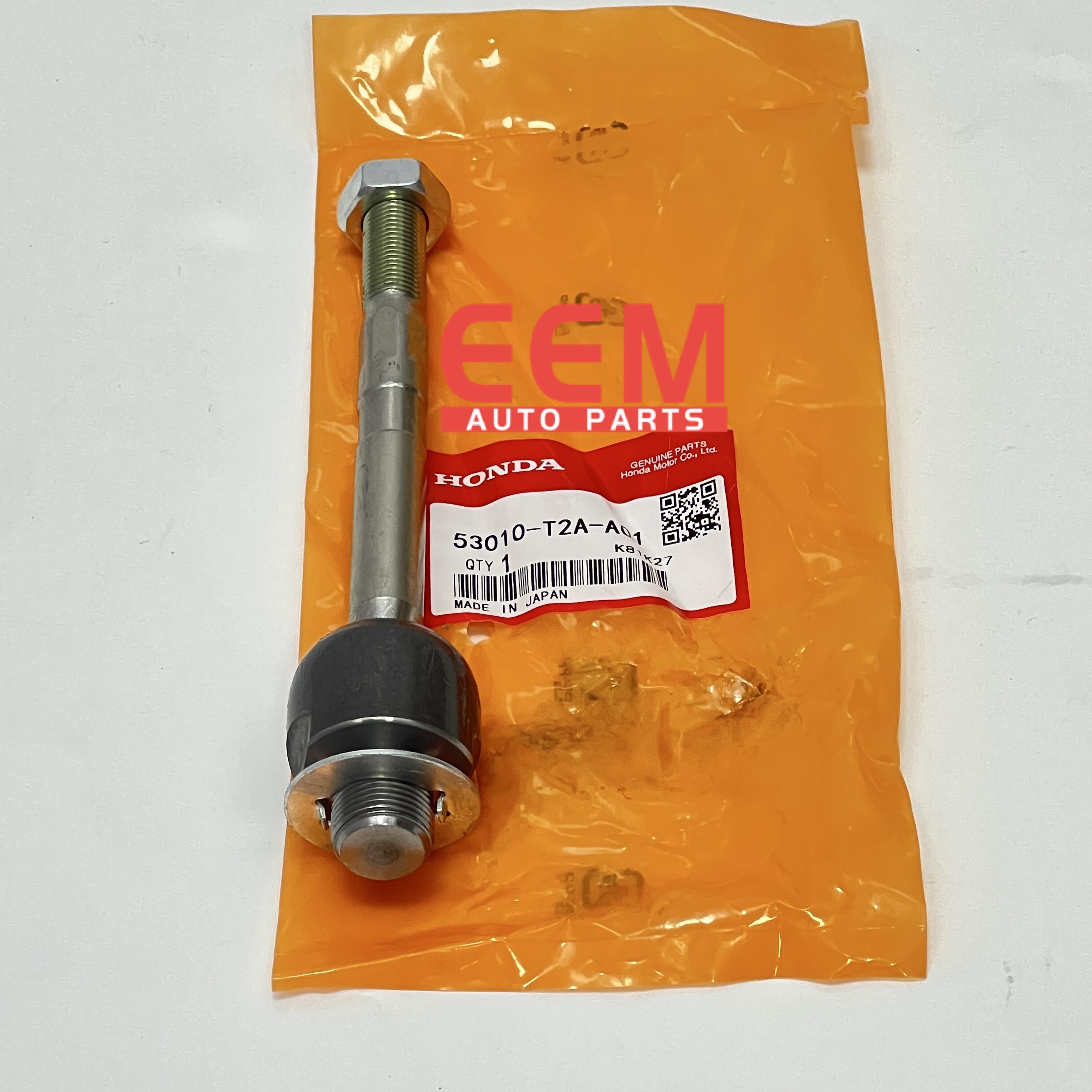removing a radiator cap
Removing a radiator cap is a critical maintenance procedure that requires careful attention to safety and proper technique. This essential component maintains the cooling system's pressure and prevents coolant from boiling at normal operating temperatures. The process involves waiting for the engine to cool completely, typically 30 minutes to an hour after shutdown, to avoid dangerous hot coolant spray. Modern radiator caps feature a double-locking mechanism with two distinct steps for release: the first turn releases system pressure safely, while the second removes the cap entirely. These caps are engineered with precision pressure ratings, usually between 13-16 PSI, and incorporate temperature-resistant seals. The removal process requires protective gear, including heat-resistant gloves and eye protection. Advanced caps may include integrated pressure gauges or temperature indicators to help monitor system conditions. The procedure is fundamental for various maintenance tasks, including coolant level checks, system flushes, and troubleshooting overheating issues. Understanding proper removal techniques is essential for both professional mechanics and DIY enthusiasts to maintain vehicle cooling system efficiency and prevent potential injuries.


